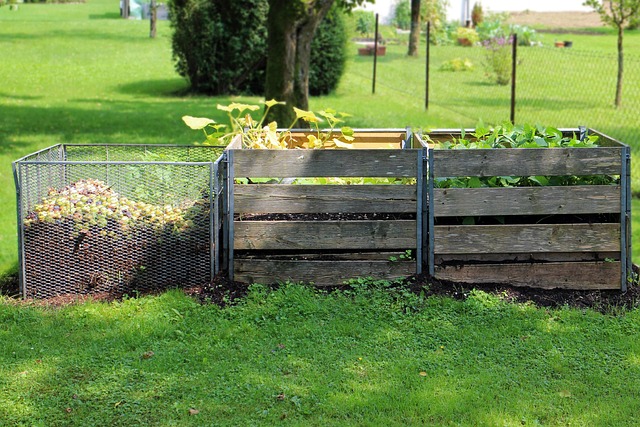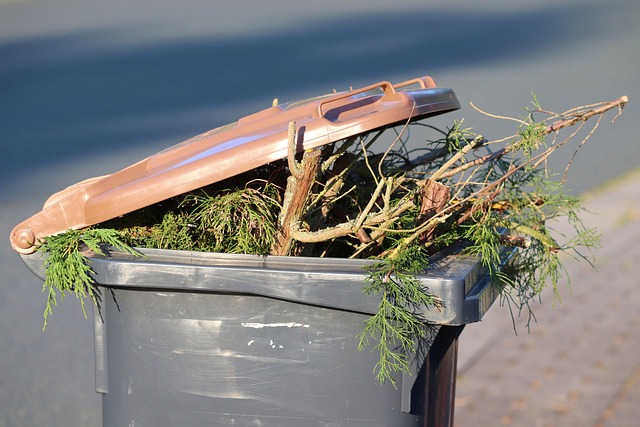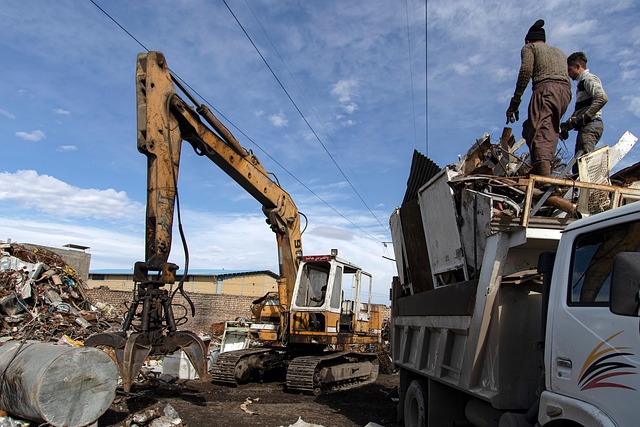The Importance of Compost Layering for Eco-Friendly Gardening
In the pursuit of a greener planet, eco-conscious gardeners are turning their attention to compost layering as a fundamental method for creating nutrient-rich soil. Composting not only reduces waste but also promotes healthy plant growth, making it a win-win for both the environment and your garden.
Understanding Compost Layering
Compost layering is the art of building a compost pile with alternating layers of green and brown materials. This method essentially mimics nature’s own decomposition process, allowing organic matter to break down efficiently. The green” materials, like fruit scraps and grass clippings, are rich in nitrogen, while “brown” materials, such as dried leaves and cardboard, provide carbon. This balance is crucial for effective composting and results in a fertile resource for your garden.
Benefits of Compost Layering
- Reduces Environmental Impact: By composting, you divert organic waste from landfills, lowering greenhouse gas emissions. Composting is a sustainable practice that contributes to a healthier earth.
- Enriches Soil: Layering your compost creates a diverse diet for soil microbes, enhancing soil structure and fertility. This enriched soil helps plants thrive and increases their resistance to pests and diseases.
- Promotes Biodiversity: Healthy soil supports a variety of organisms, from earthworms to beneficial fungi. This biodiversity is essential for a robust ecosystem, creating a thriving garden that benefits from nature’s balance.
Essential Tips for Effective Compost Layering
To achieve optimal results with compost layering, consider these tips:
- Start with a Good Base: Begin with a layer of coarse brown materials, like small branches or straw, to promote air circulation in the pile.
- Mix Your Greens and Browns: Aim for a ratio of approximately 2:1 of browns to greens. This mix helps maintain the right balance of carbon and nitrogen, accelerating the composting process.
- Keep It Moist: Compost needs moisture but should not be soggy. A well-maintained compost pile is like a wrung-out sponge – moist enough to support microbial activity yet aerated for proper decomposition.
- Aerate Your Pile: Turning your compost regularly encourages aerobic decomposition, reducing odors and speeding up the breakdown process. This is crucial in ensuring that your compost is healthy and efficient.
Incorporating Compost into Your Garden
Once your compost layers have broken down into rich, dark soil, it’s time to incorporate it into your garden. Use it as a top dressing, mix it into flower beds, or create compost tea for a liquid fertilizer. The result? Vibrant plants, better yields, and a significant step towards a more eco-friendly lifestyle.
Embracing compost layering not only enhances your gardening experience but also helps restore and nourish the environment. Each layer of your compost pile contributes to a more sustainable future, connecting you with nature in a fulfilling and productive way.



